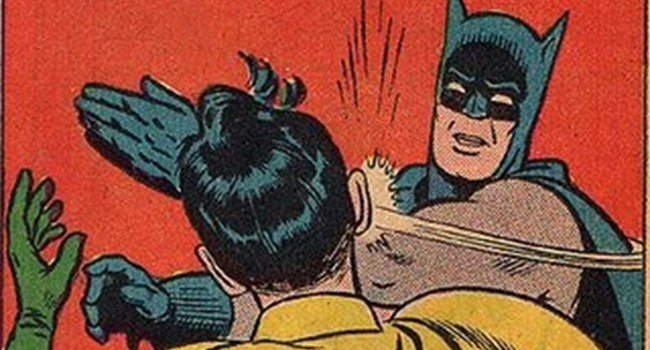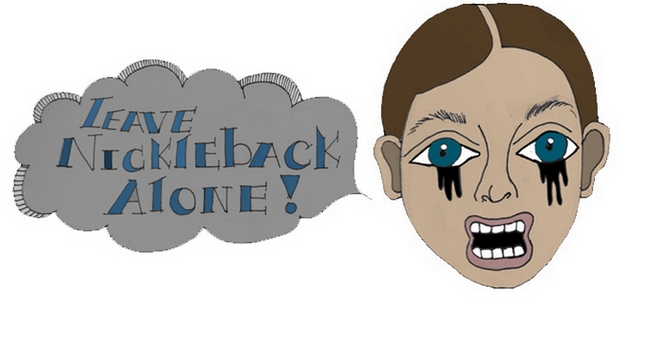Modern folk is an oxymoron. Folk lends itself to hazy memory and back porch philosophy, and modern is rooted in the future, the unidentifiable grasp of the new. As such, most folk seems dated immediately upon release—Ray LaMontagne suffers this fate, as his music always feels about ten years older than it actually is. But in the past three years, artists hailing from across the country have sought to propel folk into the present water cooler conversation. Pitchfork dubbed it “freak folk,” which certainly lends itself to a hip niche capable of remaining fresh in present context.
But the fact is, indie artists have created a wholly new definition of folk music, one that uses folk as a base for larger experiments involving regional taste-making sounds.
 Joanna Newsom’s “In California,” from 2010’s Have One On Me, Sufjan Stevens’ title track from his 2010 LP The Age of Adz, Bon Iver’s “The Wolves (Act I & II)” from 2007’s For Emma, Forever Ago and Iron & Wine’s “Pagan Angel and Borrowed Car,” from 2007’s The Shepherd’s Dog all weave themselves into the rich tapestry of their local sounds, creating a defiant new way to describe folk music.
Joanna Newsom’s “In California,” from 2010’s Have One On Me, Sufjan Stevens’ title track from his 2010 LP The Age of Adz, Bon Iver’s “The Wolves (Act I & II)” from 2007’s For Emma, Forever Ago and Iron & Wine’s “Pagan Angel and Borrowed Car,” from 2007’s The Shepherd’s Dog all weave themselves into the rich tapestry of their local sounds, creating a defiant new way to describe folk music.
The four songs achieve their distance from the traditional through a melding of gospel vocal tones, evocative storytelling and oddball experimentation. Stevens’ track opens with orchestral flourishes, capitalized by bombastic drum machines and a full choir—not exactly the stuff one finds on the back porch. Likewise, Newsom seems to thrive in the concert hall venue—trumpets, oboe, tympani drums and her signature harp belie the lack of acoustic guitar. Yet, both have a statement to make about the malleability of folk music. Newsom’s narrative about recalling her trip to the woods, then returning to California with a renewed sense of maturity yet still fearful of her future is a classic folk tale, a grim reminder that those we leave behind are seldom where we left them when we return. For better or worse, Newsom’s protagonist has chosen her life, and she presses on, heart heavy, through uncertainty, not unlike the train bound vagrants that helped make folk such an interesting genre. Hers is the story of self discovery.
 Stevens, on the other hand, investigates and warps the ode, an antiquated folk trope nabbed from poetry. And while the Christian cook repeats the grandiose phrase, “this is the Age of Adz/ Eternal living,” we realize that the narrators omniscient point of view is only leading somewhere foretold in the beginning—though Sufjan has only known this person a short while, he sings to her. In a traditional folk coda that makes the genre reference almost too overt, Stevens proclaims his love for the subject. He’s given all the love he’s got. His is a spiritual, emotional, tectonic love that moves throughout ages and does not cease.
Stevens, on the other hand, investigates and warps the ode, an antiquated folk trope nabbed from poetry. And while the Christian cook repeats the grandiose phrase, “this is the Age of Adz/ Eternal living,” we realize that the narrators omniscient point of view is only leading somewhere foretold in the beginning—though Sufjan has only known this person a short while, he sings to her. In a traditional folk coda that makes the genre reference almost too overt, Stevens proclaims his love for the subject. He’s given all the love he’s got. His is a spiritual, emotional, tectonic love that moves throughout ages and does not cease.
“Age of Adz” is a devoted folk song of majestic proportions, and one that significantly warps a simple folk ode into a tune that vaguely resembles Brooklyn hipster-hop.
 Justin Vernon of Bon Iver and Sam Beam, better known as Iron & Wine, don’t stray as far from folk musically as their two cohorts, but nevertheless they stretch the boundaries of the genre thanks to their wordplay and vocal harmonies. Vernon seems influenced more by gospel than folk, but there is still the air of agoraphobic Minnesota back porch heartache to “The Wolves”—“don’t bother me/ what might have been lost,” or so Act II goes before descending into a wash of Auto-Tune and drums. Hallucinatory and genre-defying, Bon Iver does what no folkie dares to do—try to be every little bit of every single genre all by itself. It’s a testament to Vernon’s songwriting prowess that “The Wolves (Act I & II)” gets close.
Justin Vernon of Bon Iver and Sam Beam, better known as Iron & Wine, don’t stray as far from folk musically as their two cohorts, but nevertheless they stretch the boundaries of the genre thanks to their wordplay and vocal harmonies. Vernon seems influenced more by gospel than folk, but there is still the air of agoraphobic Minnesota back porch heartache to “The Wolves”—“don’t bother me/ what might have been lost,” or so Act II goes before descending into a wash of Auto-Tune and drums. Hallucinatory and genre-defying, Bon Iver does what no folkie dares to do—try to be every little bit of every single genre all by itself. It’s a testament to Vernon’s songwriting prowess that “The Wolves (Act I & II)” gets close.
 Lastly, Beam, the elder statesmen of the quartet, represents the Southern Gentry of freakdom. The twang of his guitar, the train steady beat of his piano and hand drums and the fiddle all root “Pagan Angel” in folkdom. But Beam’s vivid verse, containing no narrative but instead a ripe smattering of beautiful thoughts, is more an encouragement of folksiness on the part of the listener. Because the musicianship is so intricate in “Pagan Angel,” and indeed in all four tracks, Beam and his freaky cohorts seek to encourage the listener to sit in a peaceful spot and ponder the folk traditions that got these artists to such fruitful musical places. Because all great art engages the audience in a passive and active way, it is a testament to these four artists that we seek the elements of folk in each, all the while admiring the local flavors spicing each of the tracks up in their own unique way.
Lastly, Beam, the elder statesmen of the quartet, represents the Southern Gentry of freakdom. The twang of his guitar, the train steady beat of his piano and hand drums and the fiddle all root “Pagan Angel” in folkdom. But Beam’s vivid verse, containing no narrative but instead a ripe smattering of beautiful thoughts, is more an encouragement of folksiness on the part of the listener. Because the musicianship is so intricate in “Pagan Angel,” and indeed in all four tracks, Beam and his freaky cohorts seek to encourage the listener to sit in a peaceful spot and ponder the folk traditions that got these artists to such fruitful musical places. Because all great art engages the audience in a passive and active way, it is a testament to these four artists that we seek the elements of folk in each, all the while admiring the local flavors spicing each of the tracks up in their own unique way.



